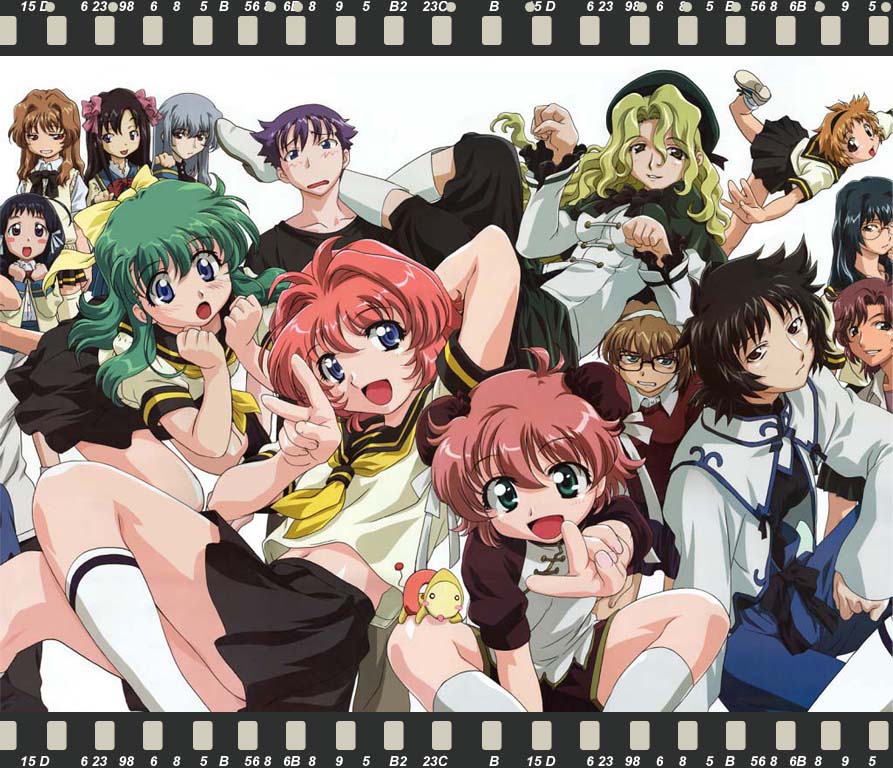Anime is a style of animation popularized in Japan, usually in material that contains action-filled plots with fantastic or futuristic themes. The style is used in manga, computer games and videos.
"Boys are more into the fighting aspects of anime," says Elizabeth Birmingham, an associate professor of English at North Dakota State University. "Girls have created this subculture where they cut the animation videos up, mix them around, and create their own stories, often romances."

Notice how the visual fabric is maintained while the metaphor plays on many levels? Or, if you aren't buying that, you can just assume that if you can find feminism in anime remakes as romances about gay men, you can find it anywhere.
One anime, "Full Metal Alchemist," has inspired some 35,000 fan-girl remakes, says Birmingham. She estimates there are hundreds of thousands of fan-girl videos on YouTube and other sites. In the process they are picking up skills in film editing, storytelling and ... feminist literary criticism(?), says Birmingham, though what is so feminist about romances in anime, where the girls are often attracted to distant loners (a Japanese archetype) unless you are a 1950s mom, is unclear.
Ohhhhh, now we understand. The romances in 'feminist' fan-girl remakes are between men. Birmingham, who also teaches gender studies, decided to research the fan-girl subculture because "I'm interested in why straight teenage girls are interested in this sexuality," she says. How does she know the girls creating these are straight? The same way she knows it's feminist literary criticism, one must suppose. Teenage girls must be quite nuanced about the subtexts of their cartoons.
Her hypothesis: Fan girls choose to identify with male anime characters rather than create female characters because female anime characters often exist only as monster bait.
"By expressing themselves through boy characters, the girls can experience more active roles," Birmingham suggests. "They're dealing with the sexist artifacts of our culture, and deciding 'I'm not going to let them do this to me. I'm going to turn it on its head.'"
Birmingham will discuss her research during a 4:30-5:35 p.m. session on Friday, June 19, in room 6 of Wellman Hall at UC Davis. Her presentation is part of Computers&Writing 2009, a four-day conference of about 250 writing researchers and instructors from around the world. The conference is sponsored by the University Writing Program at UC Davis. A complete schedule of presentations at Computers & Writing 2009 is available at http://writingprogram.ucdavis.edu/cw2009/schedule.htm.





Comments